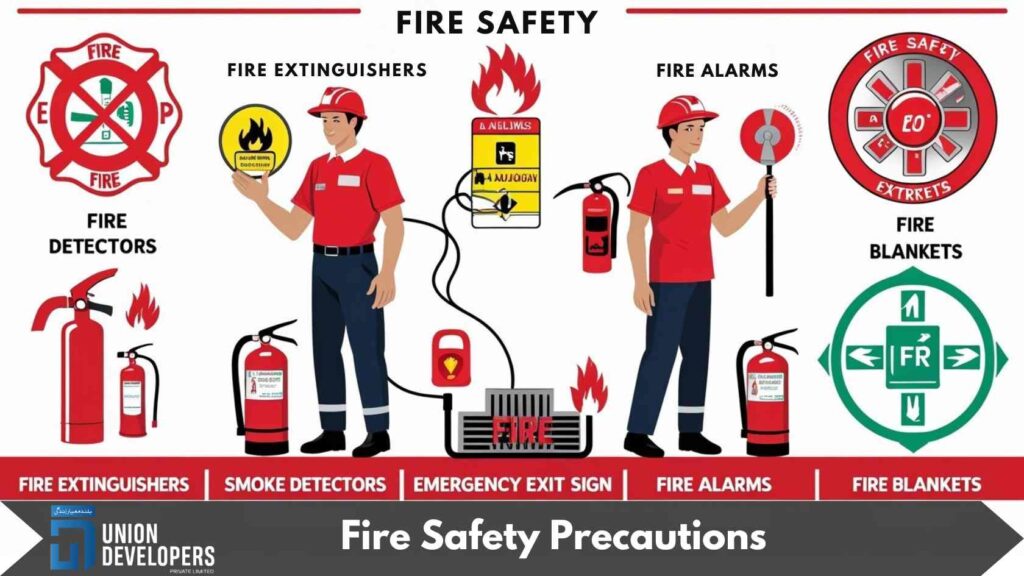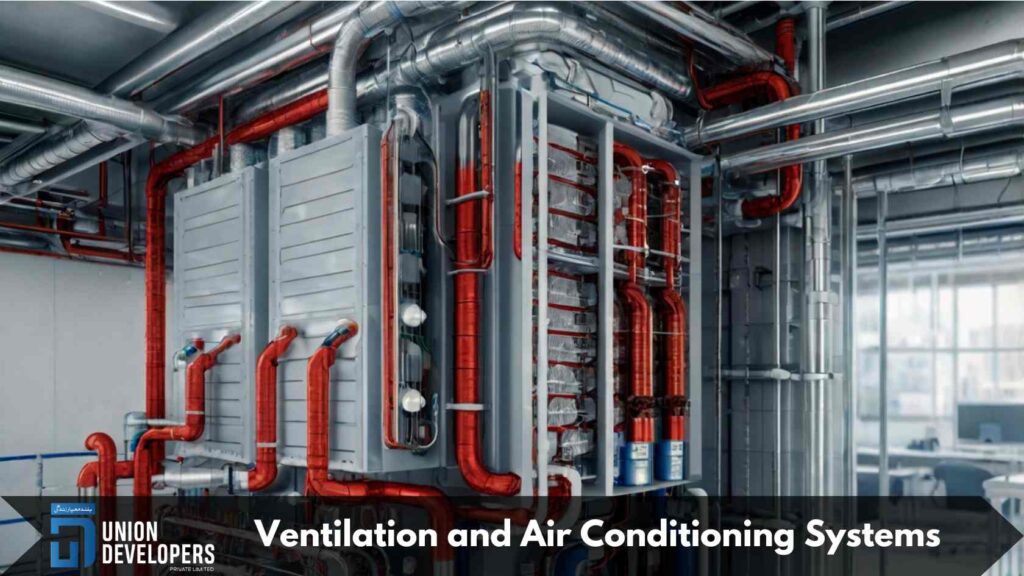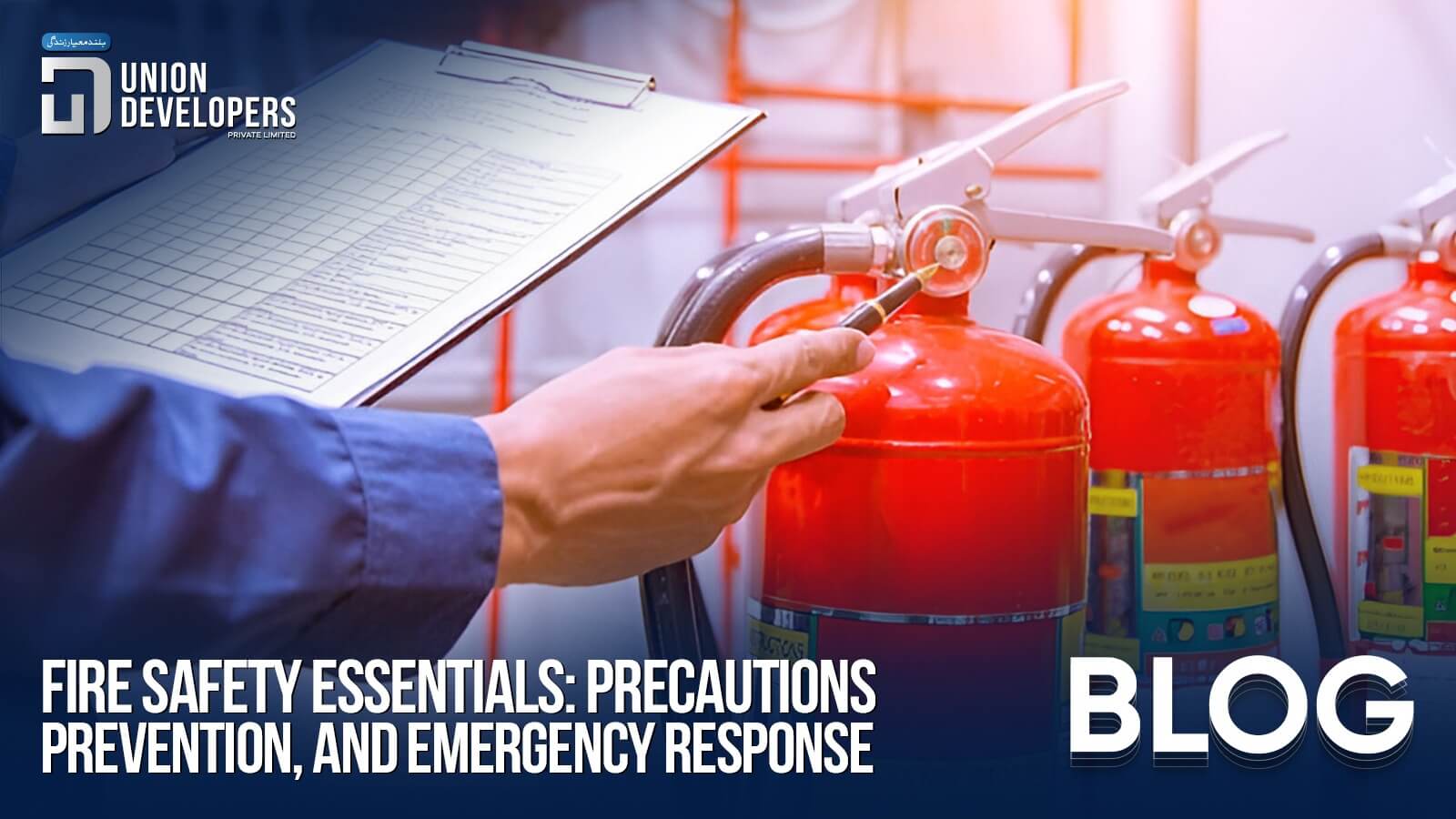Are you aware of the basic precautions and safety measures for fires? Or how to control fire in emergencies. Think If you are stuck in a fire, what will you do for safety? In this blog, we will talk about fire safety measures. Do you know the essential steps of fire safety? If you don’t, then read this blog about fire safety and the crucial steps below.
What is Fire Safety?
Fire safety refers to the set of procedures, precautions, and measures taken to prevent fires, ensure the safety of individuals, and minimise the risk of fire-related accidents. It involves preparedness, awareness, and property safety practices to prevent fires from happening and do damage control before they escalate.

Importance of Fire Safety
According to many studies, the major causes of home fires are heating and cooking. Thus, fire safety at home is essential, and one can do it by practicing the fire safety tips and protocols when using cooking equipment, electrical appliances, and other things that may cause fire hazards. Now let’s understand what can be fire hazards.
Fire hazards
Fire hazards are known as anything that can start a fire, such as fire-catching things that contain combustible materials. Here are some of the conductors of fire that can cause serious fire accidents:
- Smoking
- Open flames
- Flammable liquids and chemicals
- Heating sources
- Perfumes
- Gas cylinders
- Heaters
- Cooking
- Stove
- Electrical appliances
People at Risk
We are all aware that whenever any fire accident happens, all the people present in the buildings are at risk. Maybe they are workers, disabled people, elderly people, or children. Think about the workers who are alone or on the night shifts and the children who are alone at home.
That is why you must be aware of the basic steps for fire safety. So here we will discuss the precautions below:
Fire Safety Precautions

Fire Prevention at Home
You can install smoke alarms in your home to avoid fire risks. We can set the fire alarm in our rooms, but make sure that you check from time to time, like if the batteries are working or not in any case.
Point to be noted: Never leave cooking unattended; keep things away from the stove or just those things that can catch fire easily. Also, avoid installing so many electric circuits in your home.
Fire Prevention at Workplace
It is also very important to take care of safety measures at workplaces because workplaces are more at risk of fire danger. As there is a lot of electrical equipment in the offices, it is necessary to stay alert, careful, and aware.
So, most importantly, install fire alarms and fire extinguishers at strategic places and train your staff on how to use them properly. Properly manage the flammable materials and equipment and make proper places to avoid contact with potential ignition sources.
Fire Extinguishers
Fire extinguishers are important tools for handling small fires. They are very helpful to control the fire on time to avoid large damage. Fire extinguishers are of many types, such as water, foam, CO2, and chemical fire extinguishers. All types of fire extinguishers are useful for specific types of fire. However, it is important to know which type can be used in different situations.
Fire Blankets
Time ago, people used simple blankets to extinguish fires, but now fire blankets are made especially for extinguishing fire; they are specially designed for fire as they smother small fires by cutting the supply of oxygen. In the case of kitchen fires or wrapping around the person, these blankets are beneficial when their clothes catch fire.
Fire Detection and Alarm System
A fire detection and alarm system is an electrical system. It is designed to alert and detect occupants to a fire. It alerts through visual and audible signals and also initiates appropriate actions.
It has a fire alarm control panel that receives the signals and initiates an alarm. Initiation devices are the ones that sense the fire signals like heat, flame, or smoke and manually pull stations.
You can install smoke, flame, heat, beam, and air aspirating detectors to alert you about the alarming conditions.
Fire Hydrants
A fire hydrant is very important in controlling the escalated fire incident. It is like a valve that gives water to firefighters for controlling fires. Fire hydrants are connected to the main underground water to provide enough water to put out the fire when needed. Firefighters use a professional wrench to open the valve for the water supply.
Water flows from these underground pipes through the hydrants and eventually into the hoses. These are typically installed at a depth that allows proper protection against freezing.
Sprinkler System
A sprinkler system is a network of pipes. It contains pressurised water, equipped with automatic sprinklers that release water when there is fire.
It is also an effective strategy for controlling fires in buildings and houses. Sprinkler systems work by detecting heat from a fire and releasing water to stop the flames of fire. These systems are used in commercial, residential, and industrial buildings to control fire incidents and enhance the safety measures against fire.
Emergency Fire Control Room
In the context of Pakistan, an emergency fire control room is a space or a room in a building that serves as the hub for directing and coordinating firefighting operations during the emergency.
The major purpose of this dedicated room is to control the situation before it causes serious and out-of-control damage due to fire.
Also Read: Essential Construction Safety Tips to Avoid Construction Site Hazards
Ventilation and Air Conditioning Systems

Ventilation systems introduce fresh air and remove stale air, while air conditioning controls the temperature and humidity. Both contribute to indoor air quality and also comfort.
Ventilation does not let polluted air stay indoors and keeps the air fresh. Air conditioning controls humidity, temperature, and cooling air. This system helps to prevent the building from having suffocated air or any kind of moisture that can cause any electric combustion incident.
Emergency exit and evacuation plan
Emergency exit and evacuation plan are very crucial for any building. It outlines procedures for safely exiting an area or building during an emergency. This does not only help to exit during fire situations but also other hazards like earthquakes, electric circuit fuses, or severe weather like flooding.
Lastly,
Fire safety is not just a precaution; it is a necessity for protecting the property and lives. It is crucial to protect the fire hazards. Implementing protective measures and having nighttime firefighting tools like alarms, fire hydrants, fire extinguishers, and sprinkler systems can help you control fire emergencies. Whether you are at home, in the office, or in any public space, staying prepared with fire safety tips and plans is crucial. By following our safety measures, you can prevent the risks and ensure a safer environment for everyone. Stay informed and stay safe





